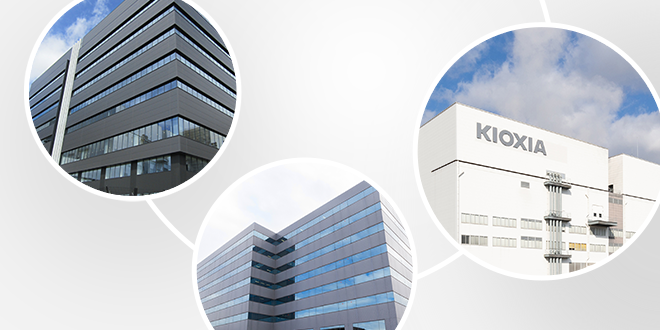Please select your location and preferred language where available.
Development of Atomic Layer Deposition Technique for Fabrication of 3D Magnetic Devices
July 12, 2023
Three-dimensional (3D) LSI technology relies on on-going new developments in deposition processes for several types of functional materials. Ferromagnetic metals (FM) are the fundamental materials for magnetic recording technologies like hard disk drives, and have been recently introduced into LSI chips for the fabrication of magnetic RAM. They have been also envisioned as the key materials for future 3D LSI technologies. While the conventional physical vapor deposition (PVD) techniques of FM are already well established, the development of atomic layer deposition (ALD) techniques of FM is necessary to realize the concept of 3D LSI with FM. We have studied the magnetic characteristics of cobalt (Co) layers, a typical ferromagnetic metal, prepared by using ALD technique.
By using the ALD process sequence with the source gas of Co(PF3)4H precursor as shown in (Figure 1), we have successfully obtained the ALD-Co layers, with the thickness of ~1 nm, showing perpendicular magnetic anisotropy (PMA). The PMA orients the magnetization of the ALD-Co layers out of the sample plane (Figure 2) similarly to what is observed in the same structures prepared by using PVD.


The relatively low process temperature (Ts = 300℃ in this work) enables the ALD, but it also increases the residual phosphorus (P) content in the ALD-Co layers which may degrade magnetic characteristics of the layers. By the systematic experiments to solve this dilemma, we have found that the optimization of Ar-gas pressure in the purge steps is critical to effectively reduce the residual P content in the ALD-Co layers (Figure 3).

In addition, we have successfully demonstrated current induced domain wall motion (CIDWM) in the ALD-Co layers with low residual P content (Figure 4). The magnetic domain wall (DW) is the boundary of two areas (magnetic domain) in the ferromagnetic layer where each magnetic domain has magnetization in opposite direction. The CIDWM is the physical phenomenon in which the DW moves by applying current into the ferromagnetic layers. It is known as the working principle of race-track memory which is foreseen to be a 3D storage device[1]. We believe that this demonstration proves the potential of ALD technique for the fabrication of 3D magnetic devices.

This work was presented at IEEE INTERMAG 2023, held on May15th -19th, 2023[2].
Reference
[1] Stuart S. P. Parkin, Masamitsu Hayashi, Luc Thomas, "Magnetic Domain-Wall Racetrack Memory", Science pp.190-194 (2008).
[2] Masaki Kado, Yoshinori Tokuda, Yasuaki Ootera, Nobuyuki Umetsu, Michael Quinsat, Hiroyuki Fukumizu, and Tsuyoshi Kondo, “Atomic Layer Deposition of Perpendicularly Magnetized Co Layers Showing Current-induced Domain Wall Motion”, IEEE INTERMAG 2023, AS-02 (2023).

